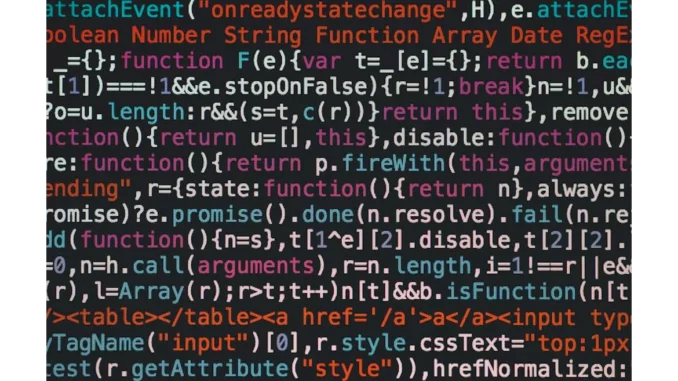
In the midst of the bustling tech community at AWS re:Invent 2023, I had the opportunity to sit down with an insightful participant, David Langford, who attended the Amazon S3 Architecture Deep Dive session. As we settled into a quiet corner of the conference centre, David’s enthusiasm was palpable. He leaned forward, eager to share his experience and the profound insights he gained about the inner workings of Amazon S3, particularly the intriguing concept of erasure coding.
Protect your data with the self-healing storage solution that technical experts trust.
David began by describing the atmosphere in the room during the session led by Amazon S3 engineering leaders, Amy Therrien and Seth Markle. “It was a packed house,” he recalled. “Everyone was there to understand what makes S3 tick and how it manages to achieve such staggering durability and performance metrics.” He explained that the session was not just a presentation but a comprehensive exploration into the architecture and design principles that underpin one of the most reliable cloud storage services available today.
One of the standout topics of the session, David noted, was the discussion on erasure coding. “It’s fascinating,” he said, his eyes lighting up with curiosity. “Erasure coding is a technique that essentially divides your data into chunks, called shards.” This process, he explained, is crucial for maintaining data integrity and availability across multiple availability zones, ensuring that even in the event of hardware failures, data remains safe and accessible.
David elaborated on the technical intricacies of erasure coding, explaining how it differs from traditional data replication methods. “While replication involves creating multiple copies of the same data, erasure coding is more efficient,” he said. “It breaks the data into shards and then adds redundant information to these shards, so you can reconstruct the original data even if some shards are lost.” This, he emphasised, is a vital component of S3’s ability to offer 11 nines of durability—an impressive feat that translates to only losing one object in a billion over 10 million years.
The session, as David recounted, delved into how S3’s architecture leverages erasure coding to optimise storage efficiency and cost-effectiveness. “By using erasure coding, S3 can store data with higher availability and lower storage overhead than simple replication,” he explained. “It’s like having the best of both worlds—resilience and efficiency.”
Beyond erasure coding, David shared how the session shed light on S3’s proactive approach to potential threats. The engineering leaders discussed their threat modelling process, which involves anticipating and mitigating issues before they arise. “It’s all about staying one step ahead,” David remarked. “They use proactive monitoring to detect drive failures early on and implement guardrails to ensure data correctness.”
Another fascinating aspect of the talk was the discussion on multi-part uploads and multi-value DNS. David explained how these features contribute to S3’s massive scalability. “Multi-part uploads allow you to upload large files in smaller, more manageable pieces,” he said. “This not only speeds up the upload process but also makes it more reliable.” As for multi-value DNS, it plays a crucial role in directing traffic to the most appropriate endpoints, ensuring efficient data retrieval and high availability.
As our conversation drew to a close, David reflected on the broader implications of what he had learned. “Understanding these behind-the-scenes mechanisms gives you a new appreciation for cloud storage,” he mused. “It’s not just about storing data; it’s about doing so in a way that’s resilient, efficient, and ready to handle an immense scale of operations.”
For those interested in cloud architecture, David’s recount of the Amazon S3 Architecture Deep Dive session offers a glimpse into the sophisticated systems that power our digital world. The use of erasure coding exemplifies how innovative techniques can enhance data durability and availability, ensuring that our data remains intact and accessible in an increasingly digital age.
As we parted ways, David left me with a final thought: “The beauty of cloud technology lies in its complexity, but also in the elegance of its solutions. Sessions like these remind us of the incredible engineering that goes into making our everyday digital experiences seamless and reliable.”
Koda Siebert

